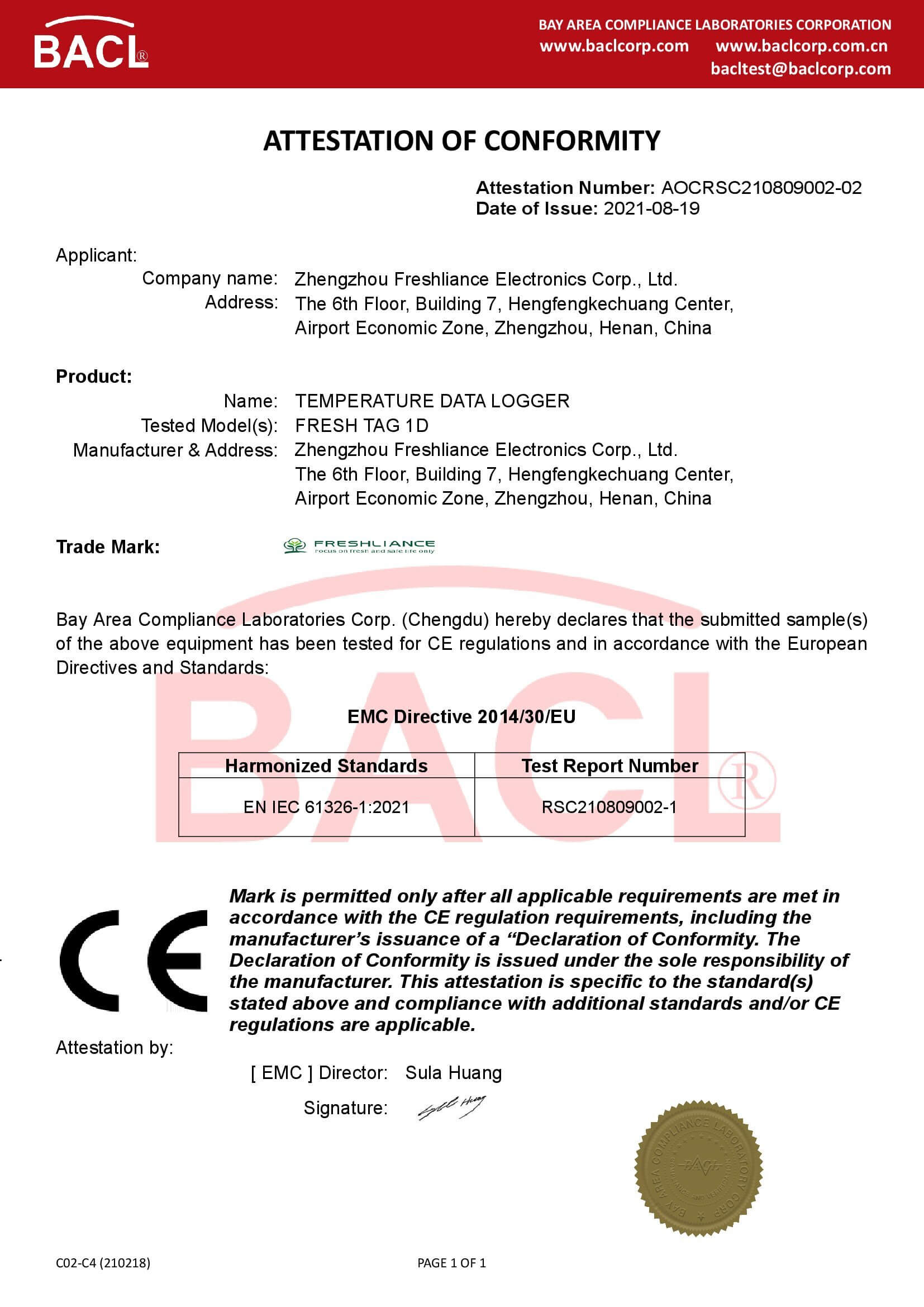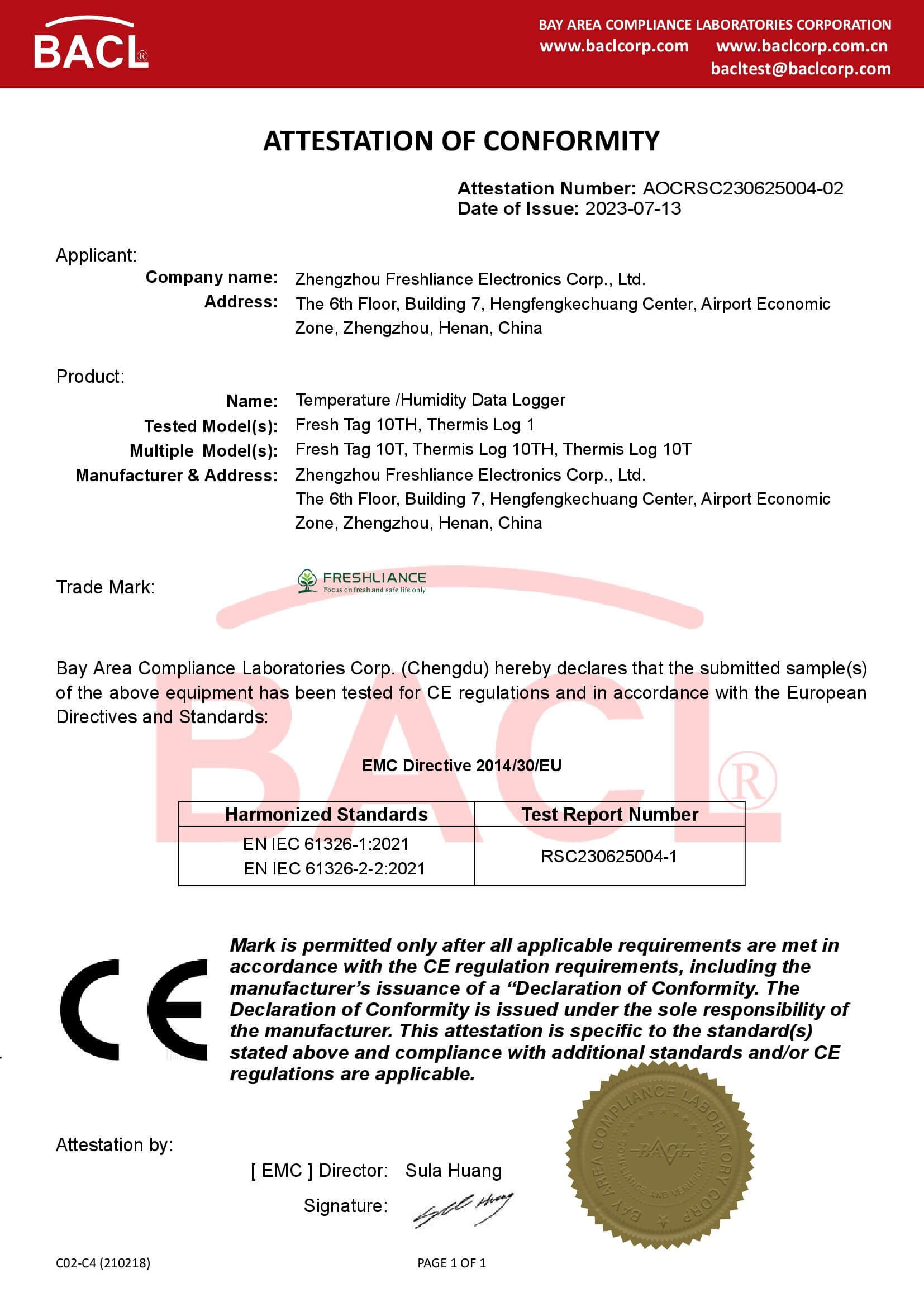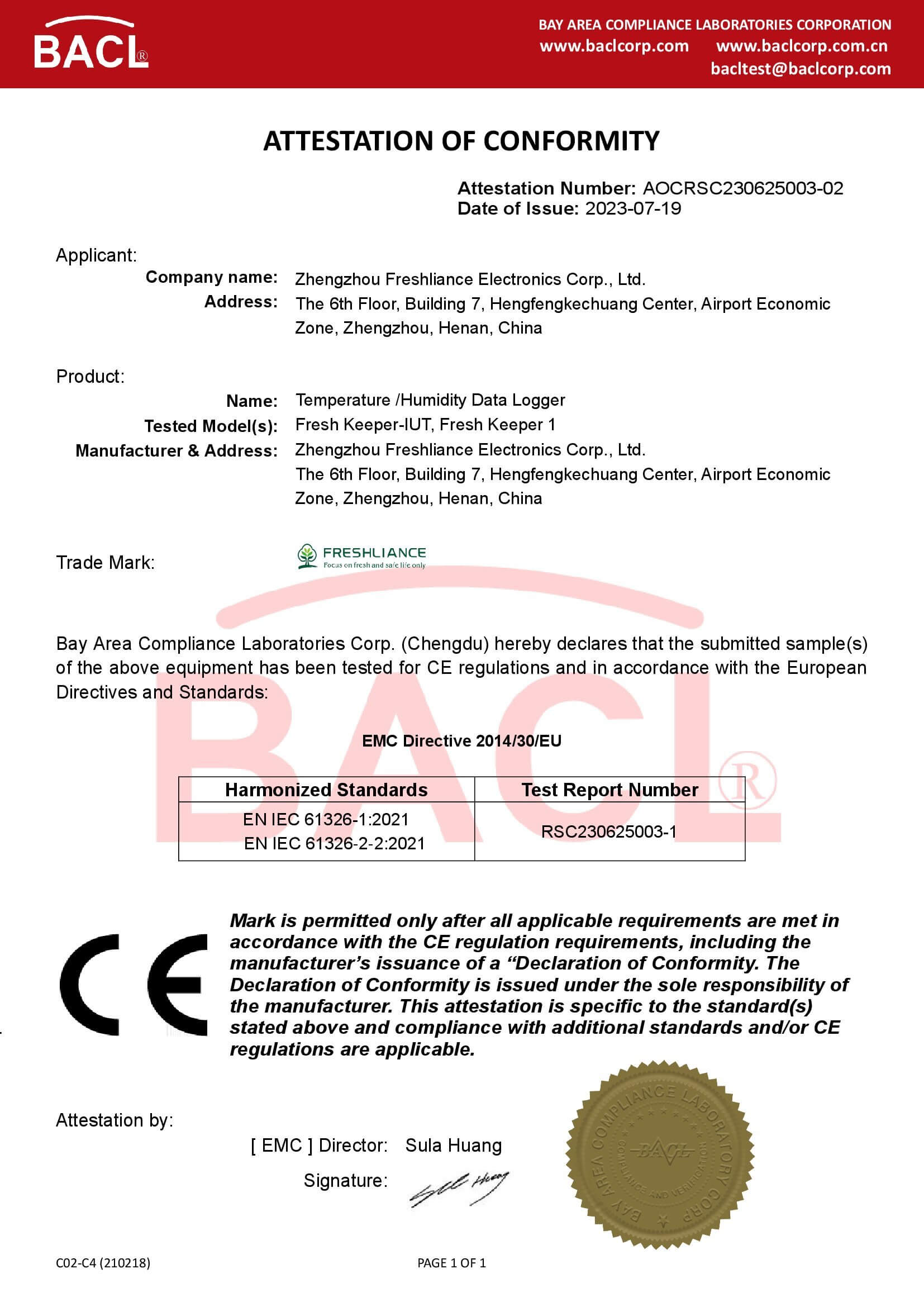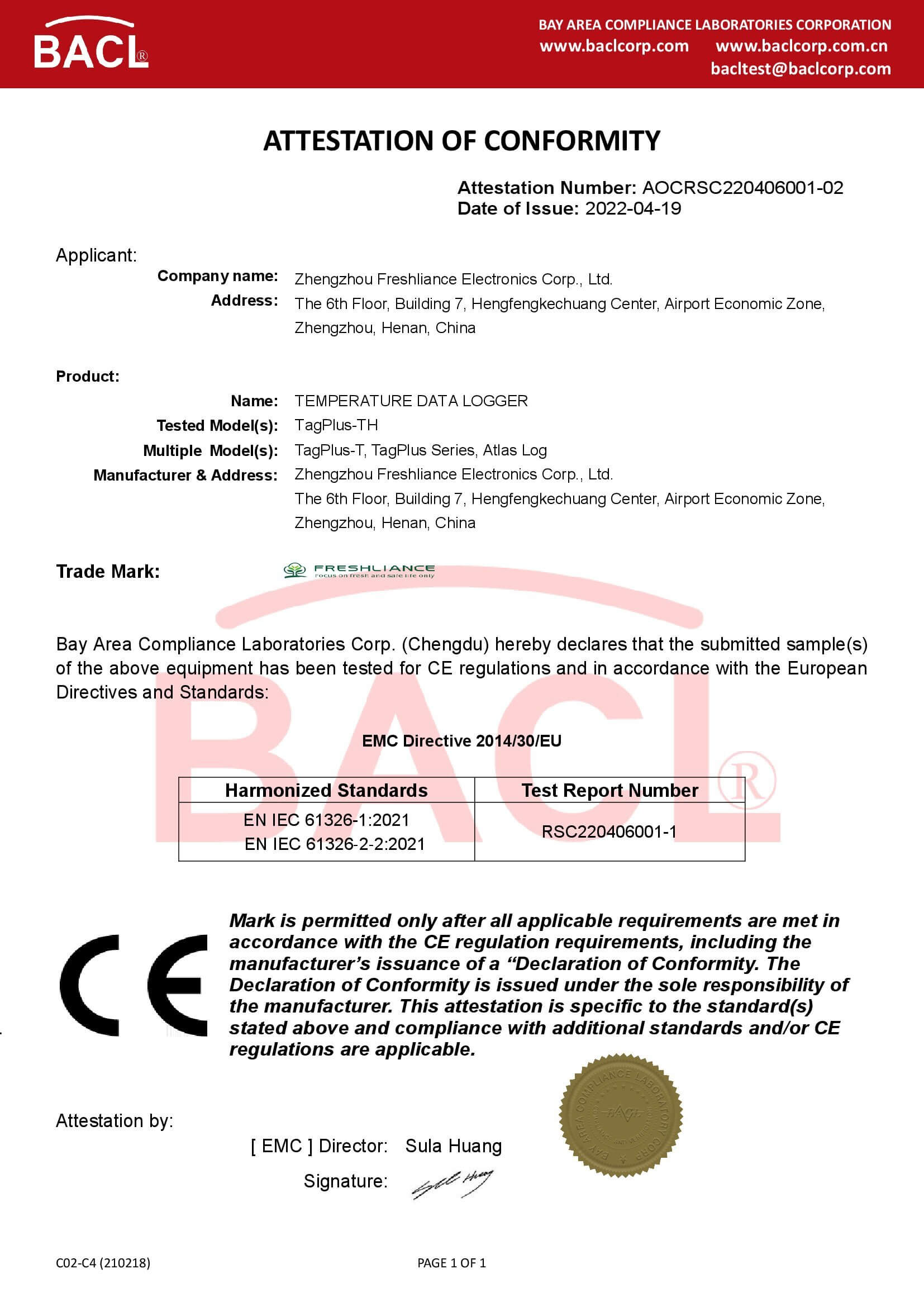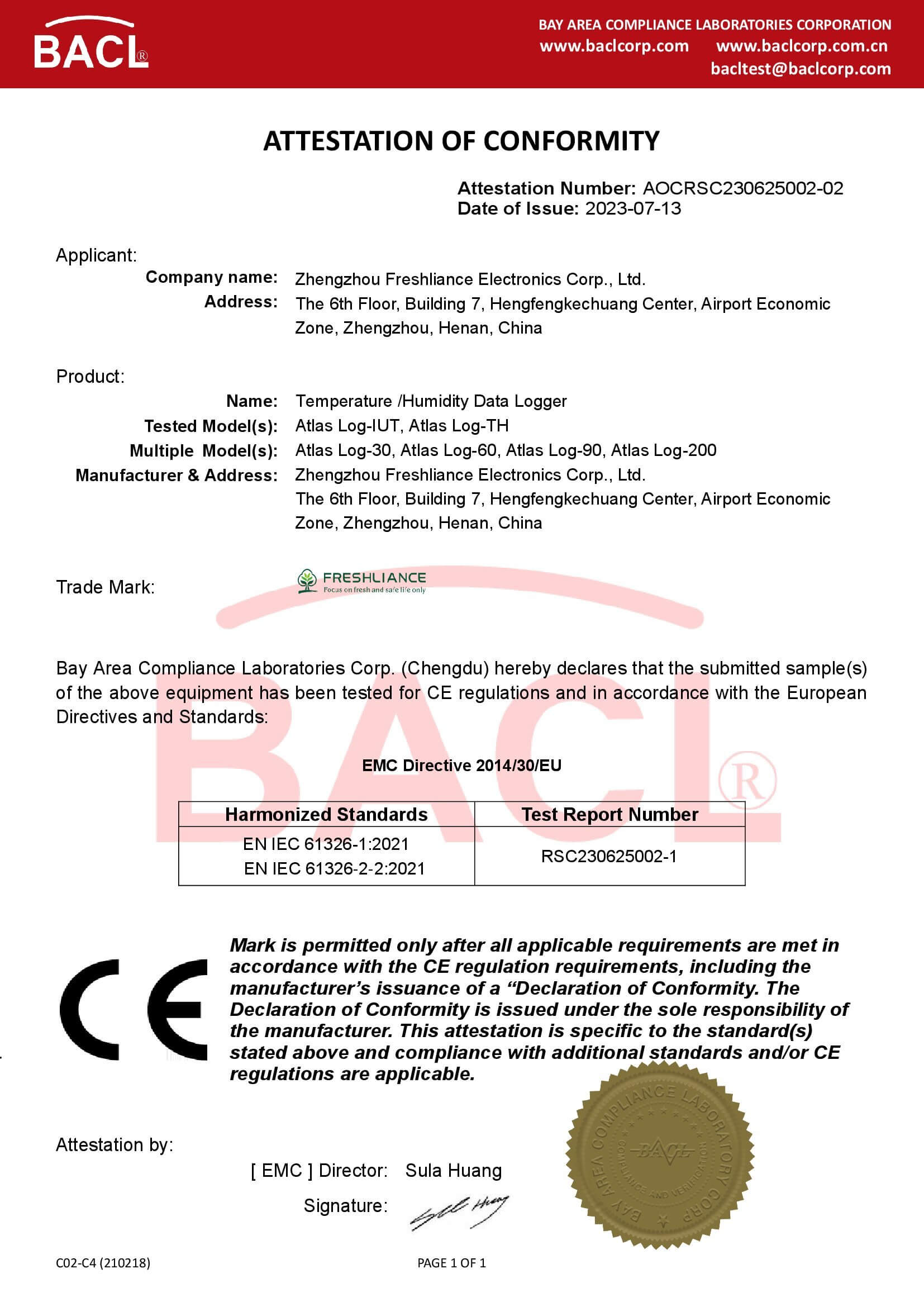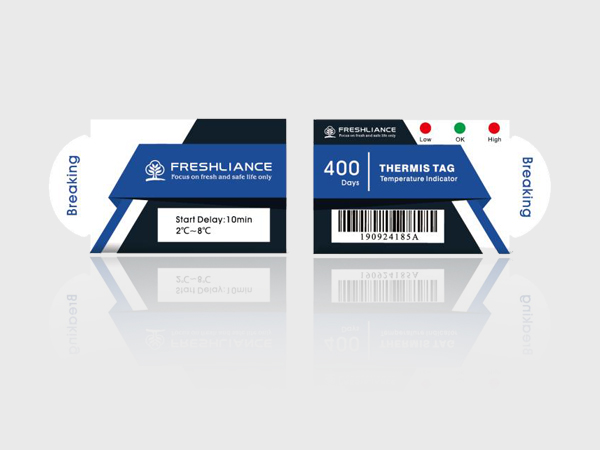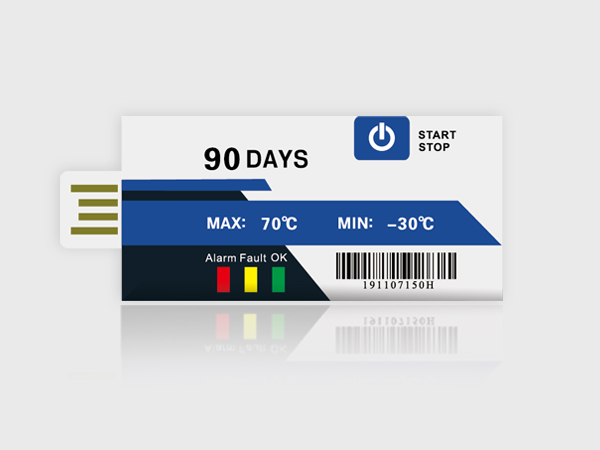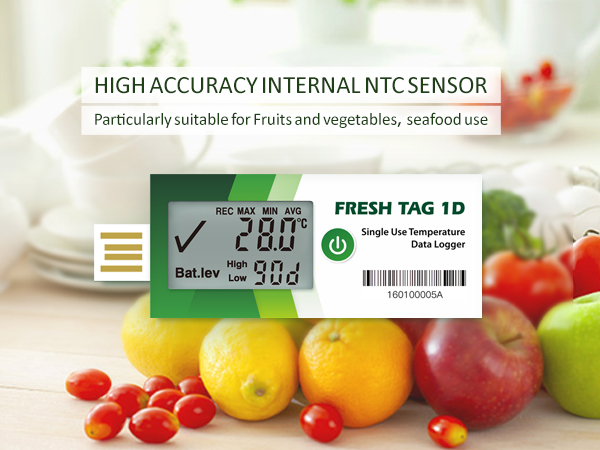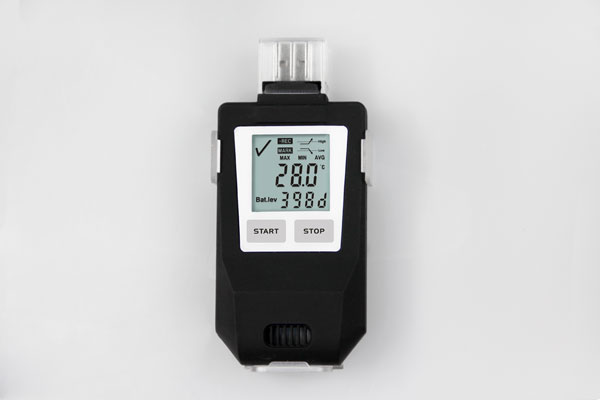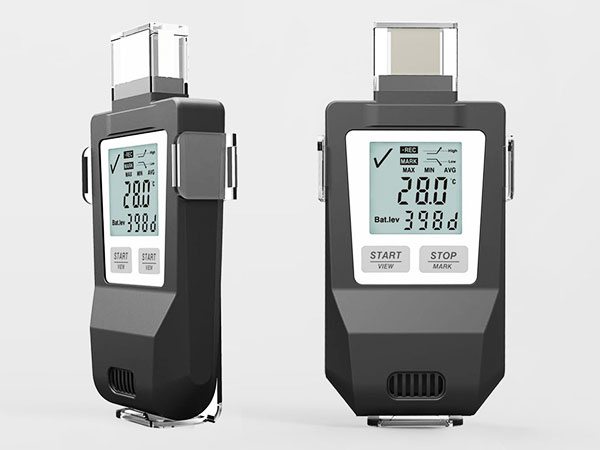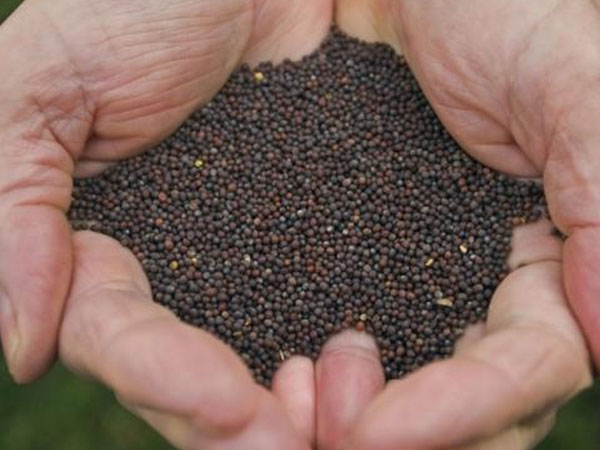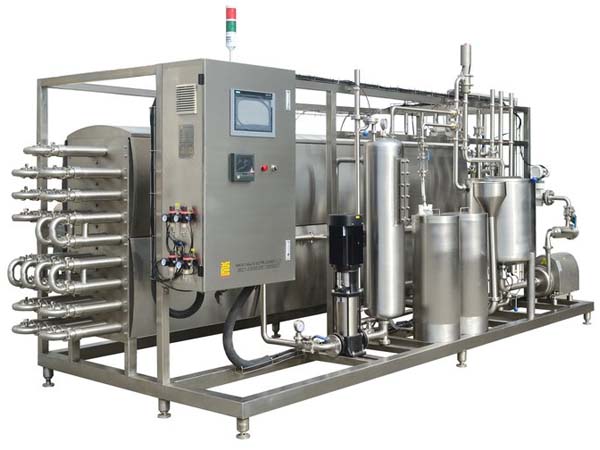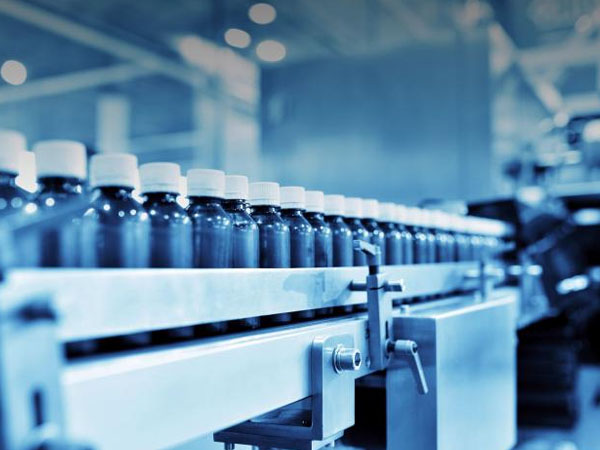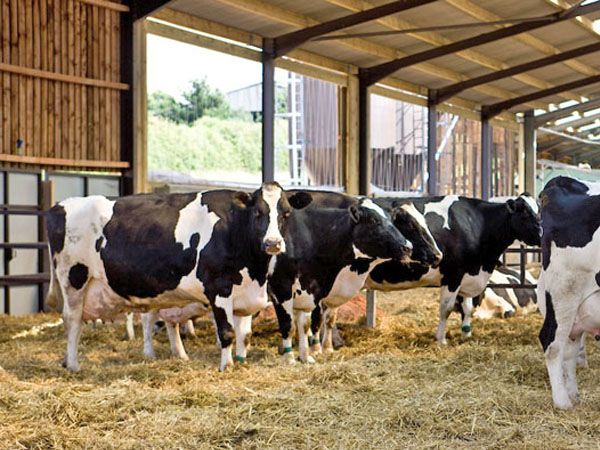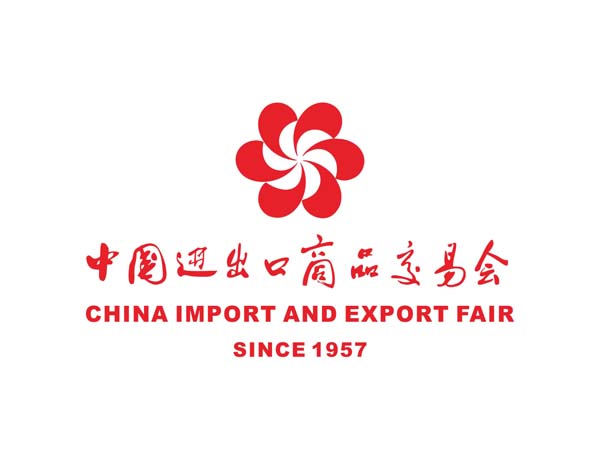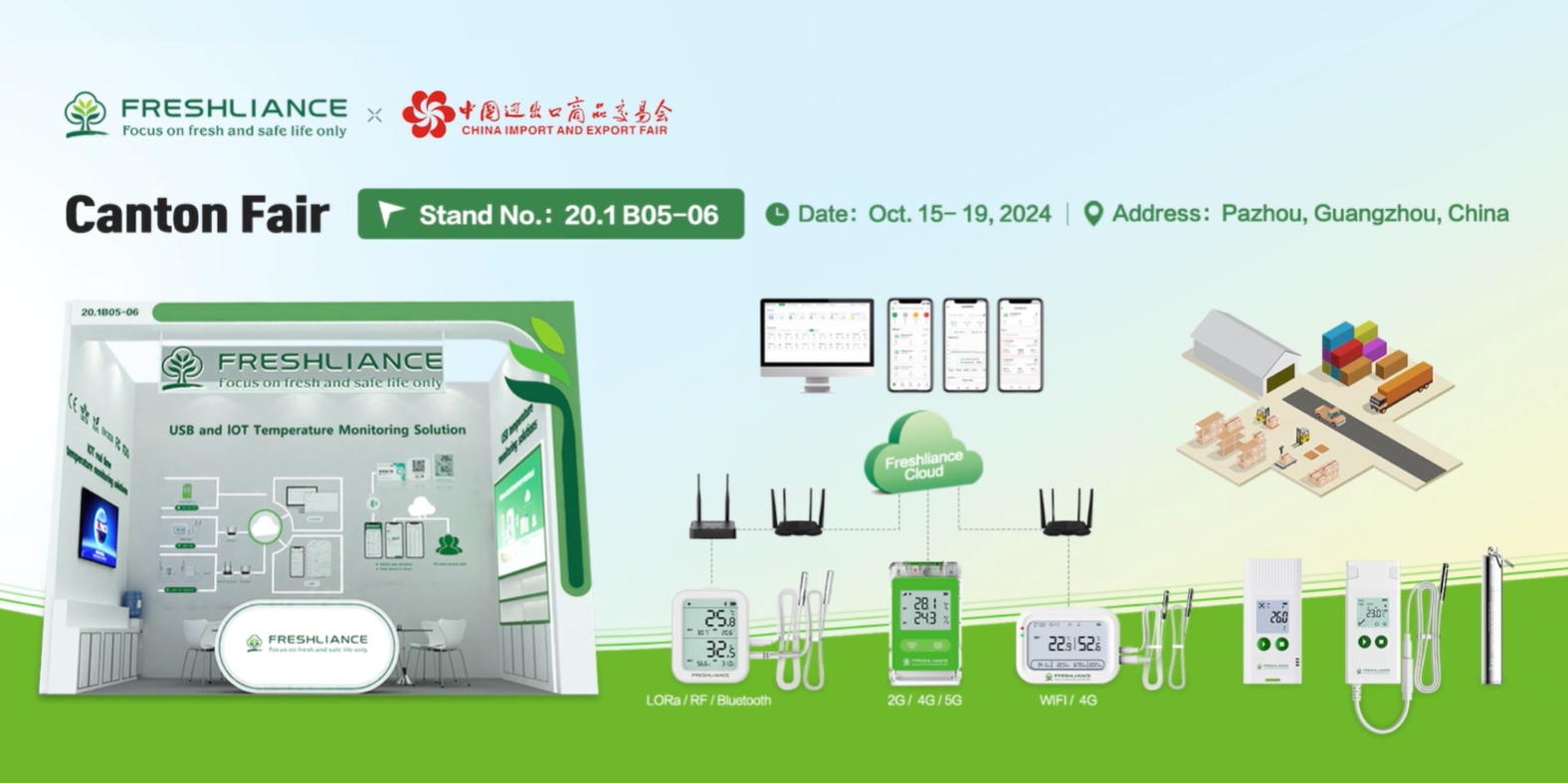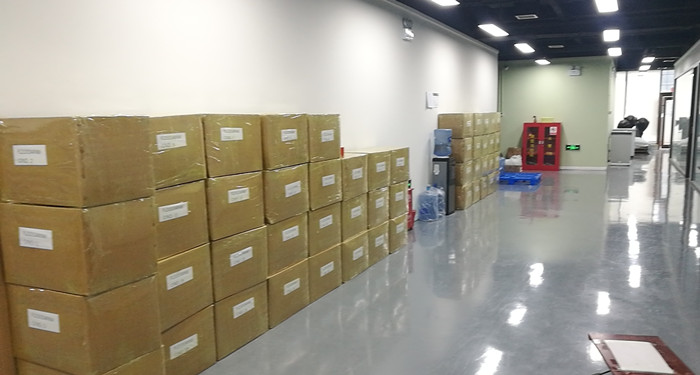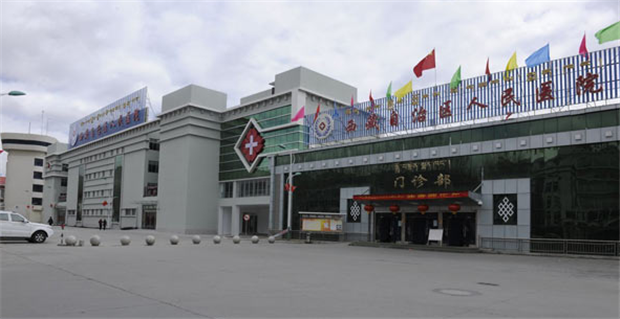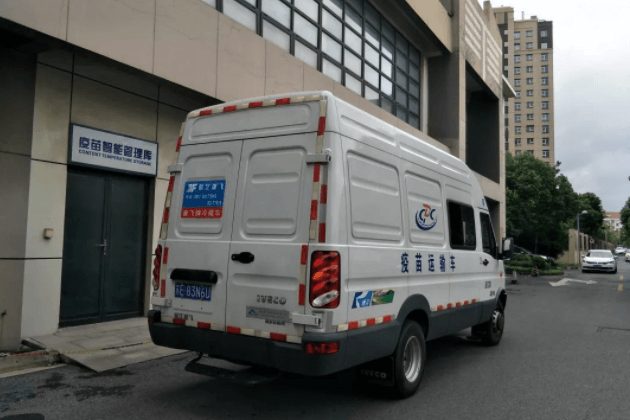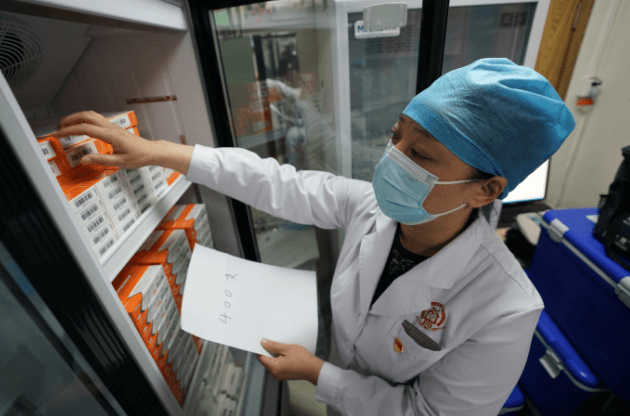Temperature and Humidity Monitoring for Archives

One of the most important factors affecting the longevity of archival materials is the environment in which they are stored, used, and displayed. Research has demonstrated the damage that can be done by temperature, humidity. Controlling these effects is the highest priority of any preservation program.
General Recommendation
It’s common for organizations that preserve archives to monitor temperature and relative humidity levels to prevent mold damage and high acidity levels. Ideal temperatures for paper records vary between 65 and 72 degrees Fahrenheit. Relative humidity should be between 40 and 55 percent.
The Dangers of Not Monitoring the Temperature&Humidity
Incorrect temperature and humidity levels cause damage to documents, books, photographs and drawings. The rate of decay can double with an increase of as little as 5℃. Generally warm & damp conditions provide more energy and so increase the speed of decay. High temperatures can cause document wax seals to soften and even result in the combustion of cellulose nitrate film. At low temperatures organic and plastic materials become brittle making them prone to physical damage. However, one of the most significant consequences of incorrect temperature is the incorrect relative humidity that can result – temperature has a direct effect on relative humidity and vice versa.
Our Solution
COEUS-WIFI Temperature and humidity data loggers are continuous monitoring devices that record relative humidity levels and temperatures at preset intervals. Because of the convenience offered and ease of use, they are one of the most commonly used monitoring devices in institutions. This wireless temperature and humidity sensor may work as standalone devices or connect to a computer using Internet connections. This wireless temperature logger will generate reports automatically. This wireless temperature sensor presents quantitative measurements and create graphs using computer software. Proper ventilation is hard to achieve in between multiple shelves fully loaded with collections. Therefore, large deviations of temperature and humidity (RH) within an archive section. You can use the device in different locations, and it will help you analyze the data recorded.

·Model: COEUS-WIFI
·Temperature Range: -20℃~+50℃(Internal sensor)
·Optional external probe: -30℃~+70℃,-90℃~+200℃,-200℃~+90℃
·Temperature Accuracy: ≤±0.5℃(-90℃~50℃),≤±1.0℃(Others)
·Humidity Range (Internal sensor only): 0 ~ 99% (No dews)
·Humidity Accuracy: ≤±3% RH
·Parameters configure through the app
·Transmit data through the Wifi network
·Audible and visual alarms, the alarm can be mute
·Battery rechargeable, support direct power supply
Contact Us
Monitoring is essential to the preservation of the materials that you store. The best type of monitoring device for a document storage environment depends on an organization’s goals and how it intends to use the data collected. If your organization has difficulties controlling the environment within a storage environment, get in touch with Freshliance. Our temporary humidity control solutions are tailored to your needs.


